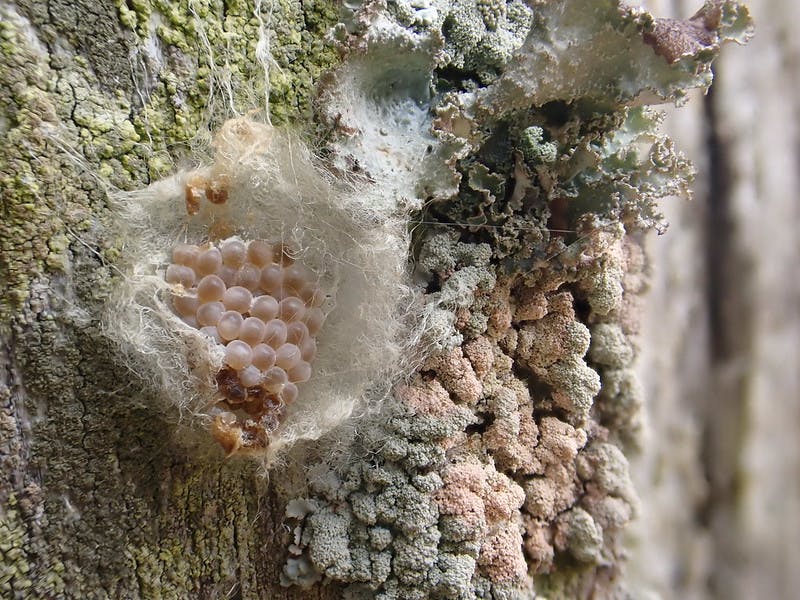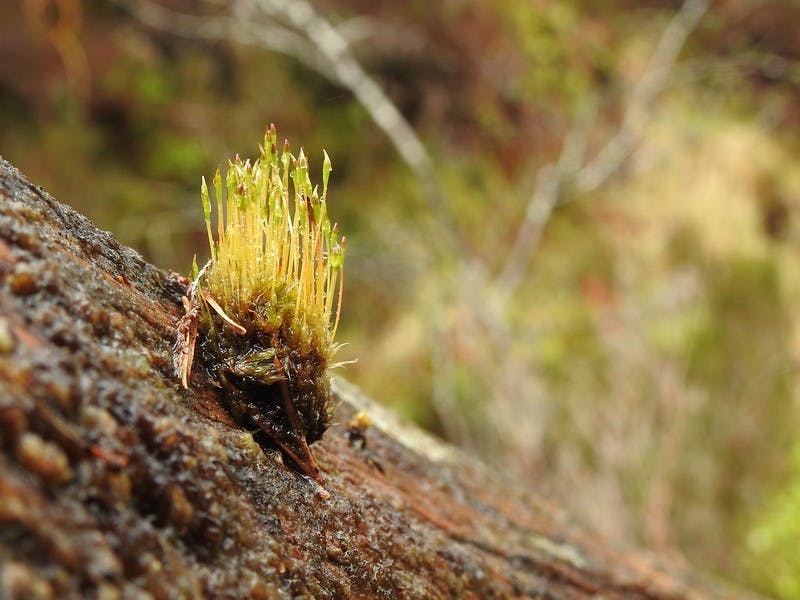- Management Plan
- Total budget: £90,400
- Budget spent: £70,200
- Status: Post-Implementation Monitoring
Scotland possesses some of the richest examples in Europe of a rare biome - temperate rainforest. Despite this, there are only thought to be around 30,000 hectares of woodland that have rainforest biodiversity left within the rainforest zone, an area that stretches along the west coast and is characterised by its wet climate. The zone currently holds approximately 93,000 hectares of semi-natural woodland that could potentially harbour this diversity. Ancient or old growth woodlands are the best places to start protecting, expanding and managing this declining habitat.
Restoring Temperate Rainforest along Loch Arkaig
Aird Nòis, a long abandoned settlement on the shores of Loch Arkaig, is a mosaic of ancient woodland, peatland, river and loch shore habitats within Scotland's rainforest zone. Here, you’ll find ancient remnants of critically threatened Caledonian pinewood forest and the host of species it supports. Despite surviving hardships at the hands of humans for centuries, this precious piece of rainforest remains under threat. We are supporting Arkaig Community Forest in addressing one of the main threats by removing non-native tree species. The broader goal envisions the recovery of natural habitats that expand to restore a functioning rainforest ecosystem to the landscape.
For a view of this special area, take a look at this 360 degree image.

Project Timeline
Summer 2024 & 2025
Conduct annual site surveys to identify regenerating non-native trees; monitor natural regeneration in an annual woodland herbivore impact assessment (WHIA); and record species recovery.
read moreWinters 2023 - 2025
Non-native species removed by cableway machines and horse logging.
A Mosaic of Special Habitats
Nestled in the Loch Arkaig Pine Forest, Aird Nòis is a 20.5 ha area owned and managed by Arkaig Community Forest. This relatively small area comprises a rich array of habitats: temperate rainforest of Caledonian pinewood and ancient riparian alder-birch woodland, alongside peatlands that all blend together on the margins of Loch Arkaig. Year-round rainfall, mild temperatures and clean air provide the right climatic conditions for rainforest associated wildlife and plants to thrive.
Crossbills, wild boar, blaeberry, juniper, osprey, pine martens, white-tailed eagles, golden eagles, wood ants, bats, red squirrels, lichens (such as yellow specklebelly and black-eyed Susan), and oceanic bryophytes (mosses and liverworts) are among the organisms that are found here.
Keen to learn more about Scotland’s rainforest? Head to Alliance for Scotland’s Rainforest. Read on to find out more about this project.
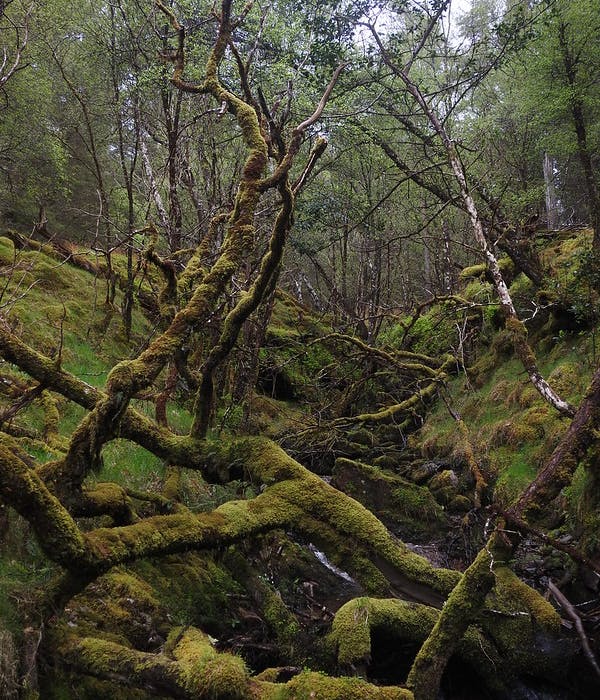
The Significance of Scotland’s Caledonian Pinewood
Pinewood forests span across the boreal region of Northern Europe forming part of the continent’s main terrestrial ecosystem. Caledonian pinewoods are a genetically distinct oceanic variant of this habitat that only exists in Scotland. They are descendants of wild Scots pine (Pinus sylvestris), which recolonised after glaciers retreated across the Scottish Highlands about 11,700 years ago. The fragments remaining at Aird Nòis are therefore extremely valuable for what they can offer in terms of genetic robustness.
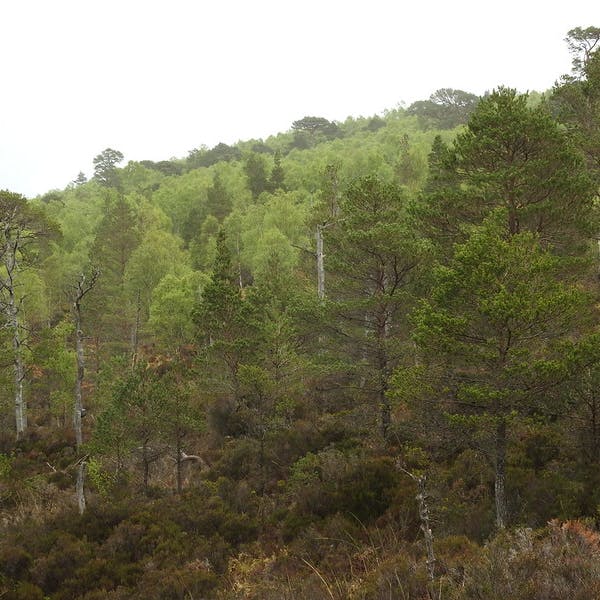
A Brief History of Hardships
A series of events and disturbances have left their mark on the land throughout its history. During World War 2, a devastating fire broke out in the forest while British Commandos and Allied Special Forces were training with live ammunition. Following the war, the demand for timber soared, which led to the planting of non-native tree species in the forest. Today, these trees have reached maturity and are now heaping pressure on the native species. The native habitats found onsite, including ancient Caledonian pinewood, have to compete for light under the dense shade of sitka spruce (Picea stichensis) and lodgepole pine (Pinus contorta). These monoculture plantations have done little for biodiversity in the forest, demonstrated by their depleted understory layer. Whereas life is more evident around the Caledonian pinewoods, which harbours important species like the wood ant. What's more, non-native plantations don’t have the genetic complexity and robustness of native species that have evolved in their environment over time. Added to this, one of the non-native species on site, lodgepole pine (Pinus contorta), has been found to be diseased with a fungal infection that can impact other pine species, such as Scots pine. The fungal needle blight (Dothistroma septosporum) causes defoliation, or in rare cases, death.
Other key ecological stresses in the area have come from historic felling of trees and overbrowsing by herbivores. At Aird Nòis this has been by red deer (Cervus elaphus), and to a lesser extent roe deer (Capreolus capreolus). In the absence of large carnivores (which are extinct in Scotland), animals such as deer hold back the natural regeneration of native forests by browsing tree saplings and understory species.
Faced with these threats, the aim is to not only prevent the loss of the rare temperate rainforest habitats including the ancient Caledonian pinewoods of Aird Nòis, but to also remove the barriers blocking natural recovery towards a dynamic, functioning ecosystem as part of the wider landscape.
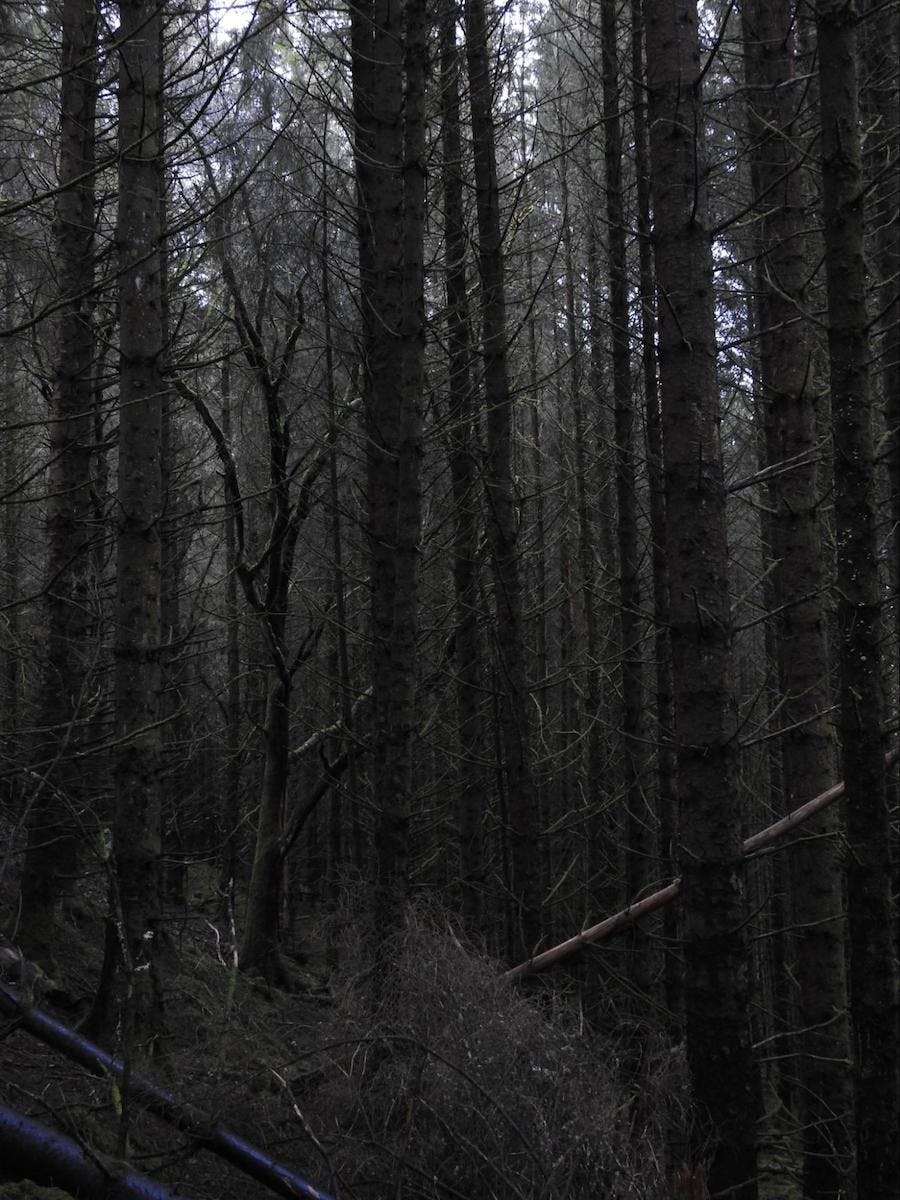
The Intervention
To help the ancient native forest spring back to life through natural regeneration, three key interventions are needed: to remove the non-native tree species - lodgepole pine and sitka spruce; reduce herbivore pressure; and undertake peatland restoration.
This project is addressing the threat posed by non-native species through removing lodgepole pine and sitka spruce across Arkaig Community Forest’s 20.5 ha site at Aird Nòis: from the peatland at the loch shore to the Caledonian pinewood further upslope.
Reducing impact on the forest
Low impact harvesting techniques will be applied across the site to selectively fell trees with minimal impact. This will involve using specialist small harvesting contractors with extraction machinery designed for this type of task with difficult terrain and no road access.
For the least ecologically and archaeologically sensitive areas, Munro Harvesting will use small low impact conventional John Deere harvesting machines. In the more sensitive areas, Simon Dakin of Blue Green Forestry will use traditional, low impact and sustainable methods of extracting timber, requiring a small stationary double-drum winch with a tower.
Taking a traditional approach
For the most sensitive ecological areas, particularly along the watercourse and by wood ant nests, Simon will enlist the help of Tarzan the Comtois horse to move logs. Using traditional horse logging methods not only reduces the damage to the land compared to the use of machinery, but it also aids natural regeneration. The disturbance of horse’s hooves creates ideal ground conditions for trees and plants to seed. Simon has worked with Tarzan for a number of years and has high standards of care. If the weather conditions are suitable for Tarzan to work, he does so in 1-1.5 hour sessions three times a day with long rest periods in between.
The timber that is felled by Munro Harvesting Ltd. will be removed from Ard Nois by barge before being transported for processing into chipboard by lorry. Because the timber felled by BGF will be extracted more slowly, it will be stored at Ard Nois for use by the local community for things such as peatland restoration and biochar.
The work will be done outside of bird breeding season to avoid any disturbances. There are no known or observed raptor nests on site, despite breeding ospreys being present in the neighbouring woodland areas.
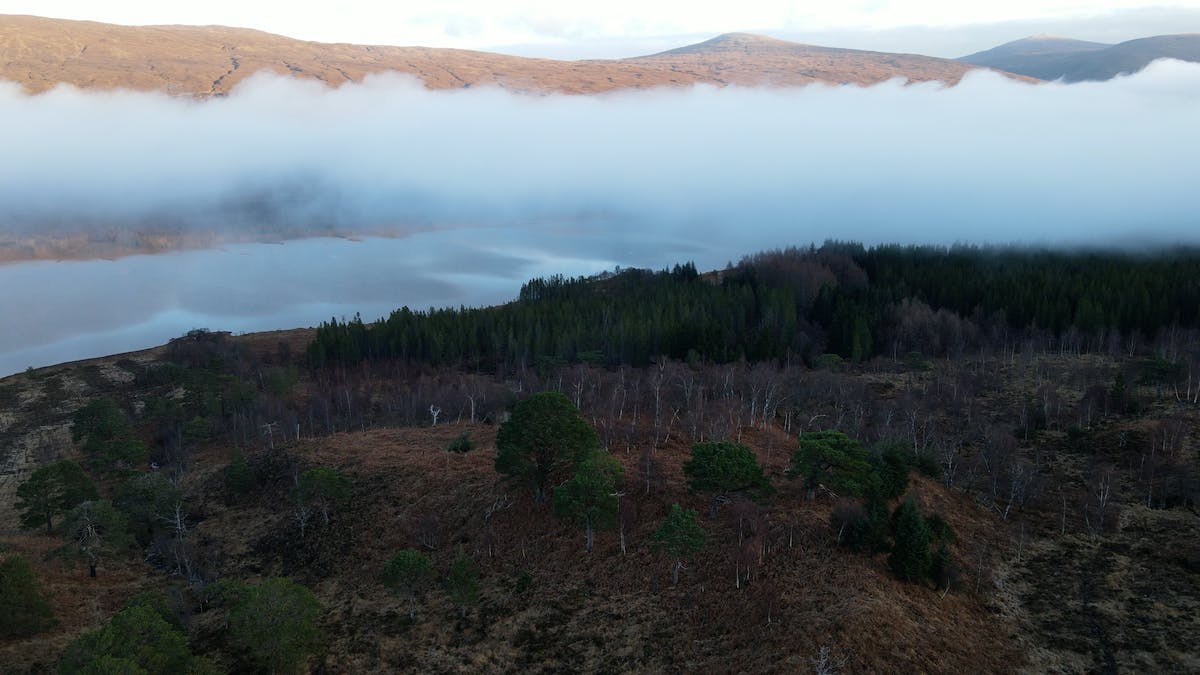
Project Outcomes
With the successful implementation of the project’s intervention, we aim to achieve the following results:
- Removal of non-native trees - lodgepole pine and sitka spruce
- Natural regeneration of native flora
- Increased numbers of UK Biodiversity Action Plan priority species
- Preservation and knowledge sharing of traditional harvesting methods that are being lost.
- Progress and impact shared with local people and supporters
To track progress, there will be monitoring of natural regeneration in an annual woodland herbivore impact assessment (HIA) and a recording of species recovery, including but not limited to wood ants, rare lichens, bats and dragonflies. To mitigate the impact of herbivory pressure on natural regeneration, the site operates deer management practices in the form of culls and fenced areas. See the project management plan for details of the monitoring strategy and reporting plan.

Update November 2024
In this vlog, Isla gives a project update following the felling of non-native trees at Loch Arkaig in 2024. For a look back at how we drone mapped the site, see this vlog from December 2023.

Lichens and Bryophytes of Loch Arkaig Pine Forest
Below is a sample of the species of lichen and bryophytes that thrive in the wet climate along Scotland's west coast. All photos were taken by Gus Routledge.
Led by the Community
This project has been developed by the local community at Arkaig Community Forest and will be led by them going forward. In tandem with assisted natural regeneration, the community plan to undertake enrichment planting of species that aren’t as well represented onsite, such as juniper. With the community front and centre, we are delighted to be supporting them to restore these unique and threatened habitats.
How long will it take the forest to begin naturally regenerating?
We expect to find natural regeneration within the first two years of the project if low browsing pressure can be achieved and maintained through management, but some species such as Scots pine can take a long time to regenerate in this area of Scotland. This is thought to be due to the waterlogged conditions of the region, meaning that Scots pine trees can take around 30 years to grow to a height at which they are less vulnerable to browsing by herbivores.
In addition to monitoring through annual HIA surveys, we will be mapping Aird Nòis before the project commences, and then annually using a drone and creating orthophotomosaics using software from our partners at Pix4D.
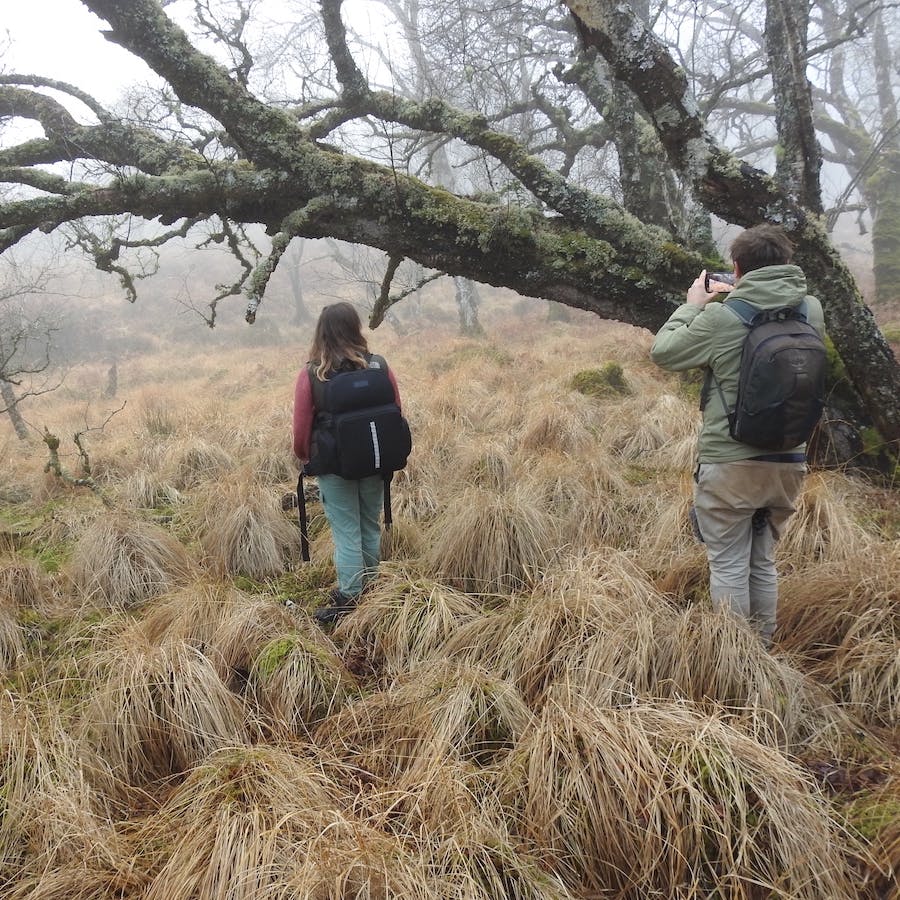
The Wider Context
The Woodland Trust Scotland own the land surrounding Arkaig Community Forest’s land in Gusach (Gaelic for ‘pinewood’). In partnership, they are managing the land and working to restore Loch Arkaig Pine Forest, which is 1,027ha in size. This involves a follow-up project for 2024 to restore deep peat in an area of the forest, where non-native tree species will be removed.
Arkaig Community Forest has the long-term goal to scale and expand restoration work to other areas they own in the wider landscape surrounding Ard Nois, including Glen Mallie.
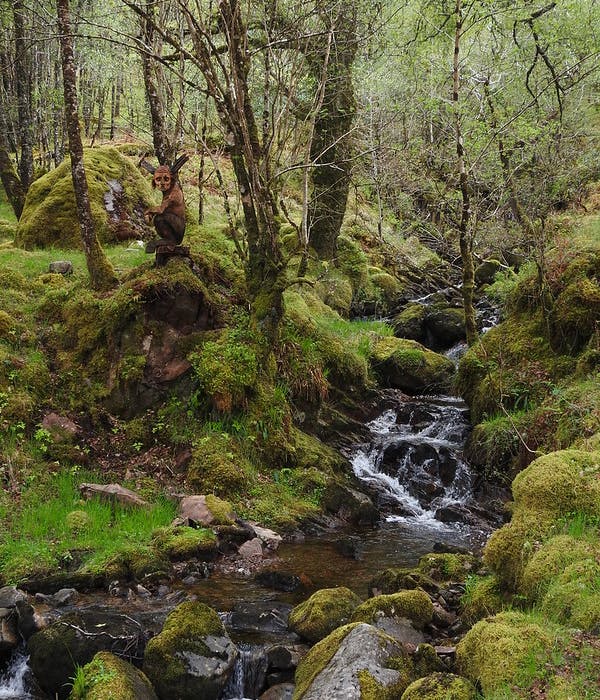
Project Funding
We would like to thank our members who are funding the entirety of this project’s budget, which covers the cost of contracting Munro Harvesting and Simon Dakin of Blue Green Forestry.
With this support, in time, we hope to witness the non-native species retreat and the treasured native habitats reclaim the forest.
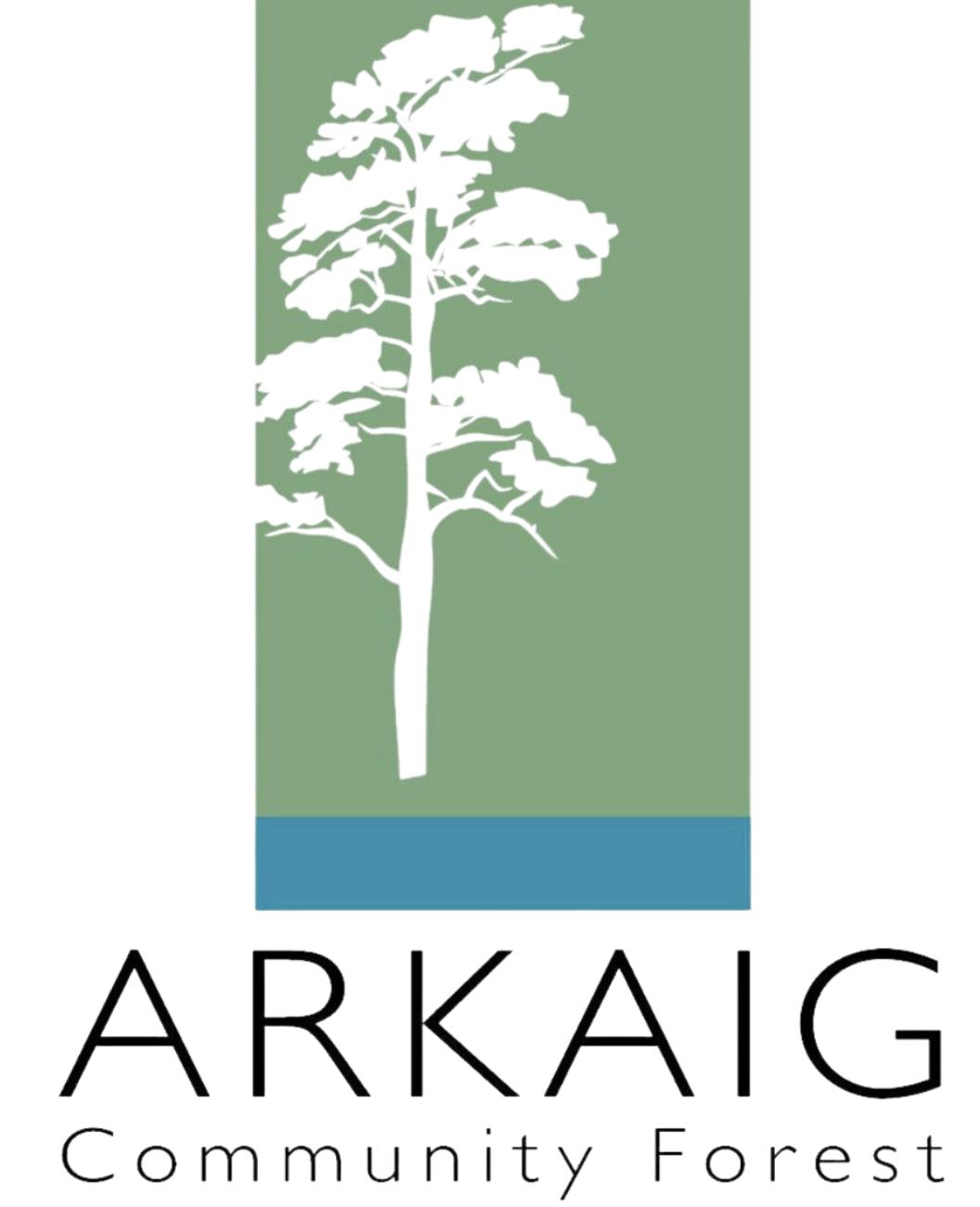
Project Discussion

the team behind the project
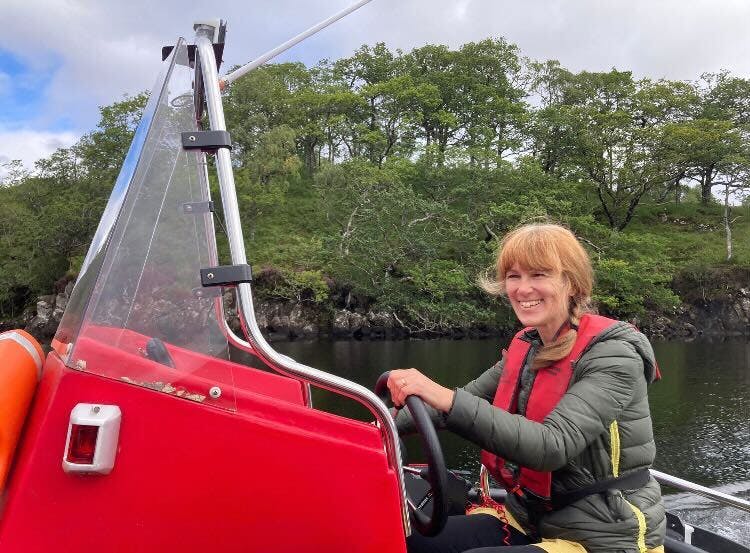
Angela Mercer, Project Lead @ Arkaig Community Forest
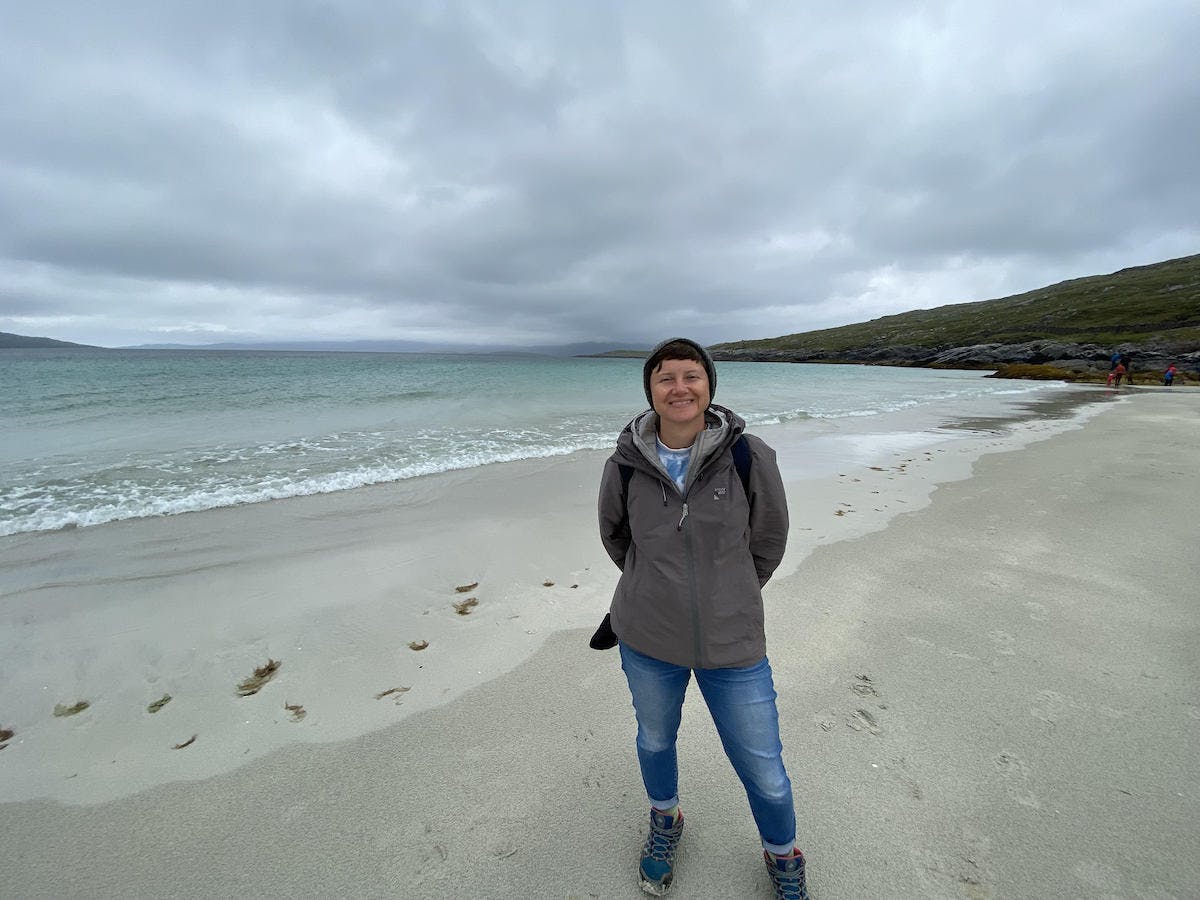
Catriona Souter, Development Officer @ Arkaig Community Forest

Isla MacLeod, Conservation Biologist @ Mossy Earth
Sources & further reading

- “Caledonian Pinewoods: Findings from the Caledonian Pinewood Recovery Project” - Trees for Life
- “Effects of clear-felling versus gradual removal of conifer trees on the survival of understorey plants during the restoration of ancient woodlands” - Nick D. Brown, Tom Curtis, & Emily C. Adams
